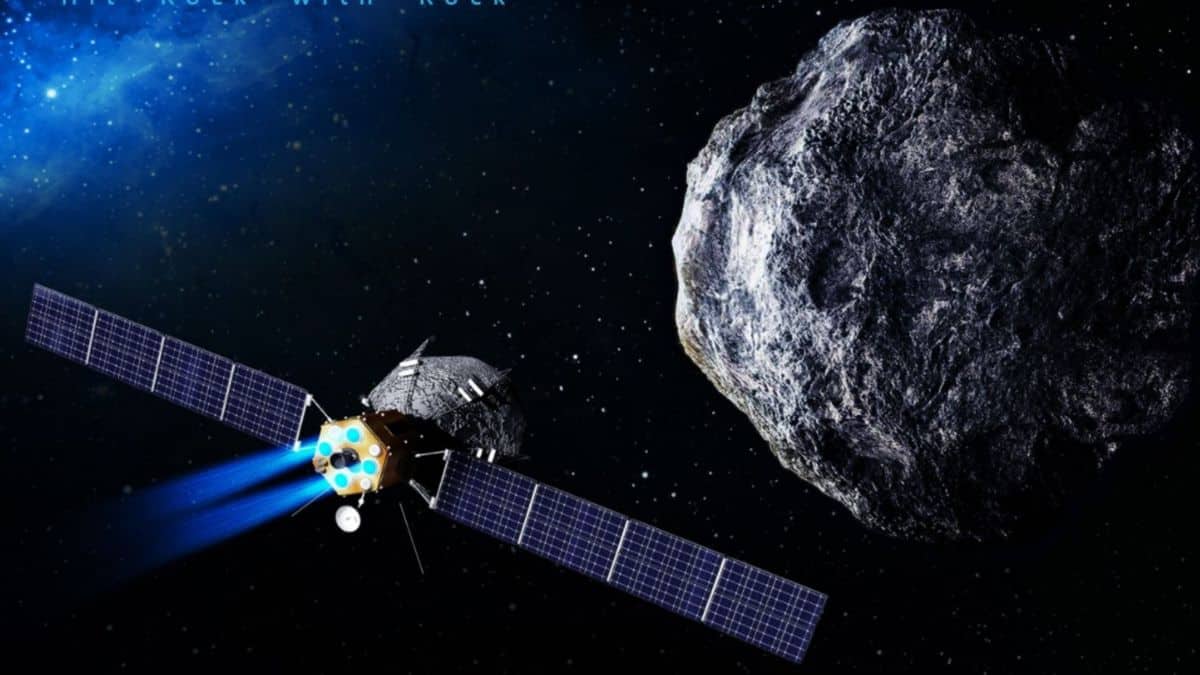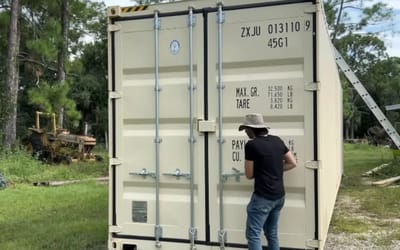China reveals wild plans to ‘attack’ Earth-threatening asteroids
Published on Apr 27, 2022 at 9:26 AM (UTC+4)
by Louise Cheer
Last updated on Apr 27, 2022 at 1:22 PM (UTC+4)
Edited by
Kate Bain
In an effort to avoid Armageddon from playing out in real life, China is eyeing plans to “attack” Earth-threatening asteroids.
The superpower wants to start testing an asteroids defense system by 2025, state-run Global Times reported.
Based on the ground and in space, the monitoring and warning system will also provide analysis of asteroids.
READ MORE: Elon Musk’s Starlink fended off a Russian hack faster than the US Military

China National Space Administration (CNSA) deputy head Wu Yanhua made the reveal at Sunday’s Space Day of China and said they planned to track a potential threat before “attacking” the asteroid to change its course.
The CNSA is in the midst of creating simulation software and will be running tests of the defense process.
A similar proposal was made by researchers at the Chinese Academy of Sciences back in 2020.
Their results were published in the Scientific Reports journal and was touted as an alternative to using nukes to knock out near-Earth objects, according to the South China Morning Post.
Scientists suggested an unmanned aircraft, which would pick up rocks on the way to fill out, could divert the threat by hitting it off-course.
In November last year, NASA launched “the world’s first full-scale mission to test technology for defending Earth against potential asteroid or comet hazards”.
The Double Asteroid Redirection Test’s (DART) aim was to “slightly change the asteroid’s motion”, according to the space agency.
READ MORE: Inside a luxury space balloon where the mega-rich can stay for $347 a minute
How real is the threat of near-space objects?
The threat of near-space objects is very real. In 2013, hundreds of people were injured after a 10-ton meteorite exploded over Russia’s Chelyabinsk, sending a shockwave through the city.
NASA classified the asteroid as “relatively small” about 17 to 20 meters in size.
It entered Earth’s atmosphere at “high speed” and “a shallow angle”.
“In doing so, it released a tremendous amount of energy, fragmented at high altitude, and produced a shower of pieces of various sizes that fell to the ground as meteorites,” the agency’s Jet Propulsion Laboratory said.
It is estimated the “Chelyabinsk Fireball” generated enough energy to equal the impact of that of 440 kilotons of TNT explosives.
WATCH:
DISCOVER SBX CARS: The global premium car auction platform powered by Supercar Blondie
Louise Cheer oversees and writes stories about the latest headlines on topics such as automotive, technology, gaming, watches, movies and lifestyle. Louise has been a news editor at Yahoo and Daily Mail in Australia, with more than 10 years of experience in the media industry.





